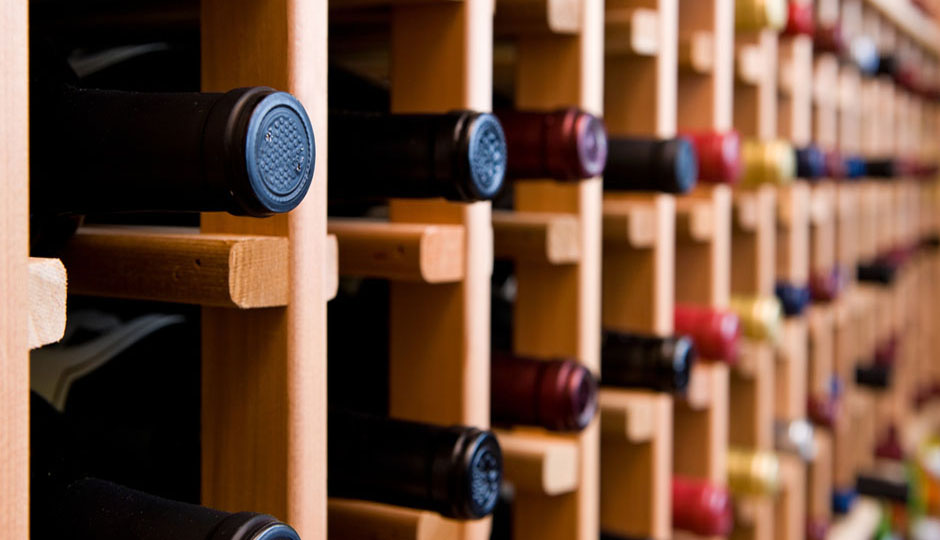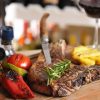Starting a Pennsylvania Wine Cellar

One of the most enjoyable activities for anyone just getting interested in wines is starting their first wine cellar. You don’t need a lot of money, you can learn as you go – and you don’t even need a real cellar! An unused bookcase or an empty closet is enough to get you started.
One option is to collect wines from around the world, but if you live in the middle of PA Wine Land, you may want the much-more-rewarding and personal experience of creating a cellar devoted to Pennsylvania wines. A great way to start is to spend some of these summer weekends visiting local wineries, tasting and talking with the winemakers, then bringing home a case or two of wines that you particularly enjoyed.
Remember that there are two purposes of a wine cellar. One is immediate – having a few bottles available for a party, dinner with friends or an evening out at a BYOB restaurant. The second purpose is longer-range – “laying down” a few bottles that will improve with age and reward you in the future.
A first step is to plan your buying according to wine groupings, such as white, red and rosé table wines for any upcoming needs, sparkling wines for parties, celebrations or dinners, dessert wines and reds and some whites for aging.
Whites for now: Look for classics such as Chardonnays, Sauvignon Blancs and Pinot Grigios for starters. Then consider less-well-known wines such as Traminette.
Reds for now: Cabernet Franc, Merlot and Pinot Noir all grow well locally, but you should also consider hybrids such as Chambourcin. While you’re visiting the wineries, branch out and taste their Syrahs and Barberas or special blends. Fruity wines with moderate acidity (that crisp finish) are best for drinking now.
Rosés for now: Pennsylvania winemakers are experimenting with rosés made from a variety of red grapes, with those from Merlot and Cabernet Franc being particularly popular. Don’t buy many, as rosés are better fresh.
Sparkling wines: Although relatively few Pennsylvania wineries make sparkling wines, our climate is a good one for bubblies. Grapes that don’t get too ripe and thus have more acidity make excellent sparklers.
Sweet and dessert wines: Vidal, a hybrid grape, is very popular for late-harvest and ice wines, both sweet with concentrated sugars, and Chambourcin is often used to make more potent, Port-style wines. You’ll have many choices at local wineries.
Reds and whites for aging: Although Pennsylvania wines typically lack the big tannins of, say, blockbuster California wines, look for reds and white that have a good balance between fruit and acidity. A good description to keep in mind is “fruity, but lean.” Best bets: Cabernet Sauvignon, Cabernet Franc and Merlots in reds and Chardonnays in whites.
To find out more about individual wineries and the 12 wine trails located throughout Pennsylvania, log onto www.PAWineLand.com. The site also has maps and contact information for the more than 150 wineries spread across the state as well as wine tips and wine information. And if you’re on the road, find nearby wineries by using the mobile website at m.pennsylvaniawine.com.
This is a paid partnership between PA State Wineries and Philadelphia Magazine


